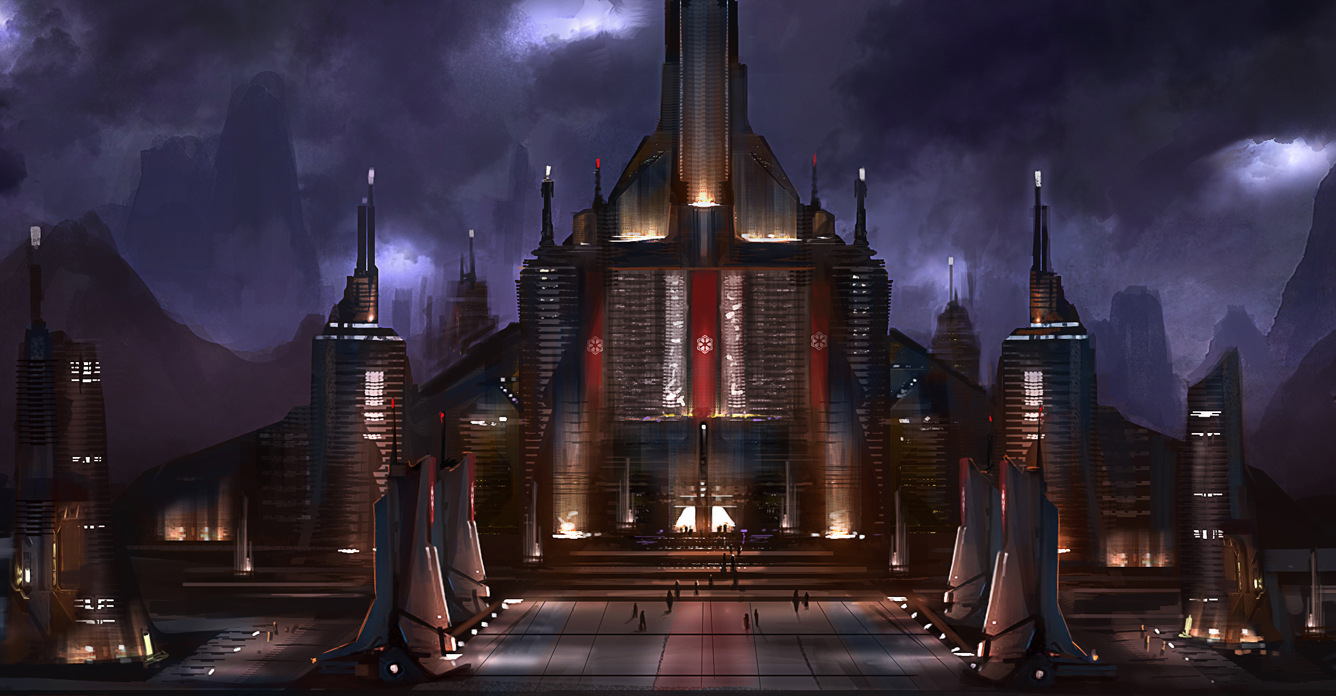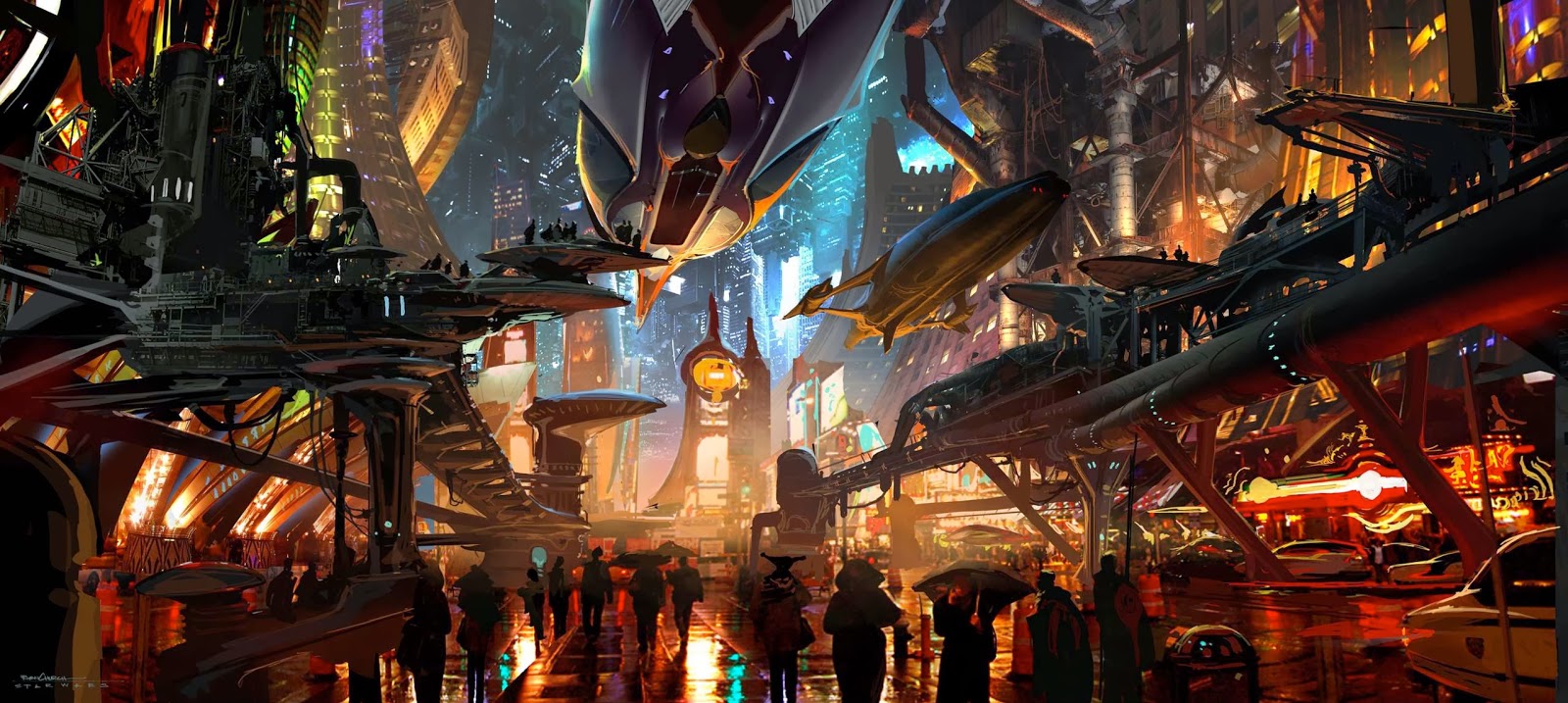The BRAWL² Tournament Challenge has been announced!
It starts May 12, and ends Oct 17. Let's see what you got!
https://polycount.com/discussion/237047/the-brawl²-tournament
It starts May 12, and ends Oct 17. Let's see what you got!
https://polycount.com/discussion/237047/the-brawl²-tournament
Digital Sketchbook: jinngonqui
Course Project: Complete environment from concept art
Chosen studio target: Bioware
Chosen game target: Starwars: The Old Republic
Candidates:

url]http://img1.wikia.nocookie.net/__cb20100108173320/starwars/images/c/cb/SithEmperorCitadell.jpg[/url

url]http://3.bp.blogspot.com/-w1trNeIulM0/Uk7UF3p6yFI/AAAAAAAAWVA/_23zVxW-xBA/s1600/starwarsconceptart-0002.jpg[/url
Chosen concept art:
Sith Ship interior Command Center
[image of concept is from: http://www.swtor-fever.com/wp-content/gallery/sith-starship/ca_sith_ship01_interior.jpg]

Chosen studio target: Bioware
Chosen game target: Starwars: The Old Republic
Candidates:

url]http://img1.wikia.nocookie.net/__cb20100108173320/starwars/images/c/cb/SithEmperorCitadell.jpg[/url

url]http://3.bp.blogspot.com/-w1trNeIulM0/Uk7UF3p6yFI/AAAAAAAAWVA/_23zVxW-xBA/s1600/starwarsconceptart-0002.jpg[/url
Chosen concept art:
Sith Ship interior Command Center
[image of concept is from: http://www.swtor-fever.com/wp-content/gallery/sith-starship/ca_sith_ship01_interior.jpg]

Replies
The main advantage of this approach is to nail the scale right off the bat -- taking the masses into Maya for geometry and mapping.
(This image is from after the main structural element was started, and brought into the engine.)
[SKETCHFAB]d3bd3fbed04f42febfa585b987225b53[/SKETCHFAB]
specular
opacity
metalness
gloss
diffuse
Also, used a trick in the Normals map to generate beveling in nDo from the Opacity mask, to give the floor-grate the illusion of thickness.
It appears that mirroring geometry in engine is not advised, as the normals are being calculated inverted at run-time.
Individual master-elements: in-engine, and in-game.
Individual master-element instances propagated in scene: in-engine, and in-game.
I am very pleased with the in-game outcome.
dDo was used for hard-surface texturing for wear and metalness. I adjusted the default wear settings, and created a custom material in order to get the holes to wear in a more believable and less aggressive way.
Here are some dDo psudo-engine renders, under the different built-in HDRIs.
The holes were taken from the prior OPAC pattern, and used in nDo to get the indentation merged with the NORM, and then also merged into the Cavity map. Some channel inverting was needed to get the correct effect in-engine.